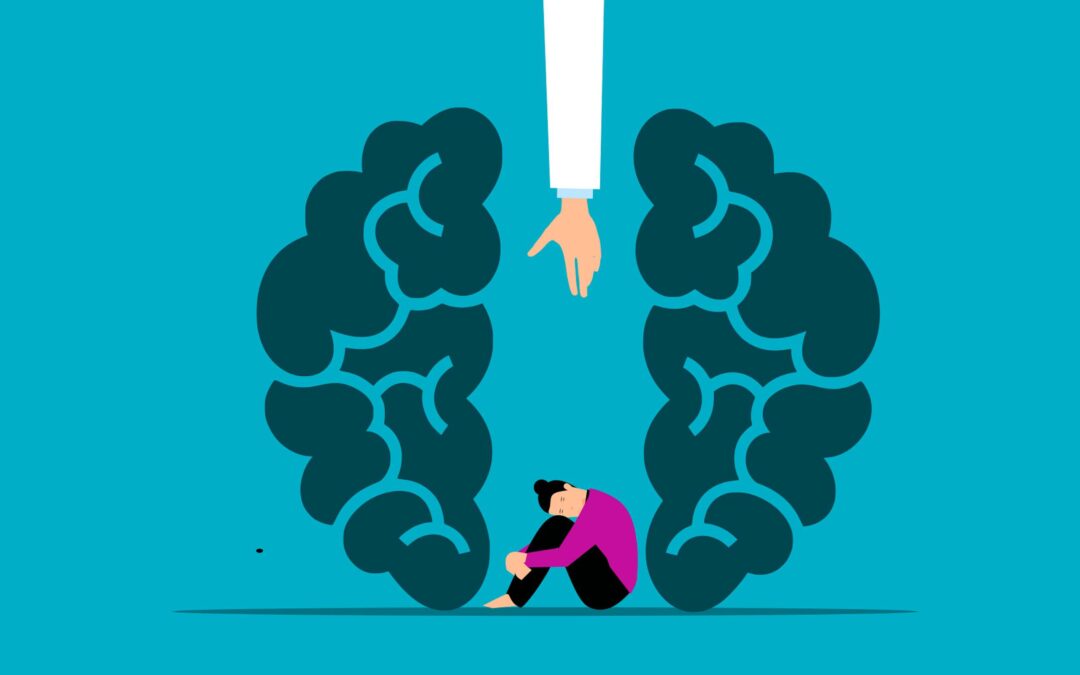If you’re reading this, you have likely heard of something called the Autonomous Sensory Meridian Response (ASMR). Colloquially known as ‘Brain Massage’ or ‘Tingles’ ; ASMR refers to the sensation that originates in the scalp, neck, and shoulders in response to visual or auditory stimuli. Many people experience the ‘classic’ tingles in the form of a pleasant prickling sensation down the head, neck, and shoulders. Others feel more of a ‘fog’ sensation that rolls down their entire bodies. While still others feel nothing at all! Crazy cool how people can experience the same phenomenon in different ways right?
So what makes this somatic experience so unique to everyone? How does it aid in anxiety relief?
Well first- let’s discuss what ‘tingles’ actually are.
ASMR is a fairly new and abstract phenomenon that is being studied. It is currently being related to the phenomenon of frisson, or musical chills, since both are characteristically described as a ‘tingling’ sensation that is induced through stimuli deemed pleasant by the perceiver. MRI research has shown that multiple brain areas are activated during frisson like nucleus accumbens, the basal forebrain, and insular cortices. That’s some big vocabulary there! What is important to take away here is that ASMR utilizes all of these areas to provide a dopamine pathway to the limbic system that induces relaxation which can aid in sleep. What makes ASMR interesting is the sheer variety in how people experience it. Some experience a dynamic that rapidly spreads through the whole body and originates in various parts of the body, while others experience sensations that start in the top of the scalp and radiate downward. The perceived differences in experiences may possibly be explained by medial prefrontal cortex activity, which is heightened for some during frisson. Meaning how your nervous system reacts to stimuli is conditioned by your environment.
TLDR: ASMR is the nervous system directly responding to visual and auditory stimuli, but the experiences are different for everyone based on their own life experiences to various stimuli.
Can we skip to the good part? The effect of ASMR on Mental Health!
ASMR can be defined as a mindfulness tool, which in therapy is able to help empower and provide feelings of action for clients towards uncertainties such as anxiety and depression. ASMR utilization allows for a sensory experience that disrupts the nervous system and provides feelings of primal comfort.
From a wider perspective actions that are portrayed in ASMR videos are often considered primal emotional expressions that stimulate feelings of belonging within a ‘pack’. Things like grooming, whispering, tapping, and watching another person complete something carefully are social or intimate activities that promote bonding and feelings of safety.
So, How does one do ASMR?
Very simply, you just do it! There are millions of stimuli and applications for comfort or the pursuit of these tingles are really endless, find what works for you! There are many different apps available for mobile and pc devices, but the most accessible is definitely Youtube. Look for something that seems interesting to you and try it out. I personally enjoy videos that read and follow the words across the page, or videos ofintricate miniature builds that people perform. I don’t experience the tingle sensation, but I do get intense relaxation and feelings of calm.
So, How do you tingle?
A fellow tinglehead,
Sam
References:
Eid, C. M., Hamilton, C., & Greer, J. M. H. (2022). Untangling the tingle: Investigating the association between the autonomous sensory meridian response (ASMR), neuroticism, and trait & state anxiety. PloS One, 17(2), e0262668-e0262668.
Grewe B, Katzur B, Kopiez R, Altenmüller E. Chills in different sensory domains: Frisson elicited by acoustical, visual, tactile and gustatory stimuli. Psychol Music. 2010;39(2):220–239.
Kovacevich A, Huron D. Two studies of Autonomous Sensory Meridian Response (ASMR): The relationship between ASMR and music-induced frisson. Empir Musicol Rev. 2018;13(1–2):39–63.
Sakurai, N., Nagasaka, K., Sasaki, K., Yuguchi, Y., Takahashi, S., Kasai, S., Onishi, H., & Kodama, N. (2023). The relaxation effect of autonomous sensory meridian response depends on personal preference. Frontiers in Human Neuroscience, 17, 1249176-1249176
Seifzadeh, S., Asayesh, V., Nikjeh, M. T., Dehghani, M., Parsa, E. R., & Asgharianasl, F. (2023). The physiological effects of ASMR on anxiety. Frontiers in Biomedical Technologies, 10(4

